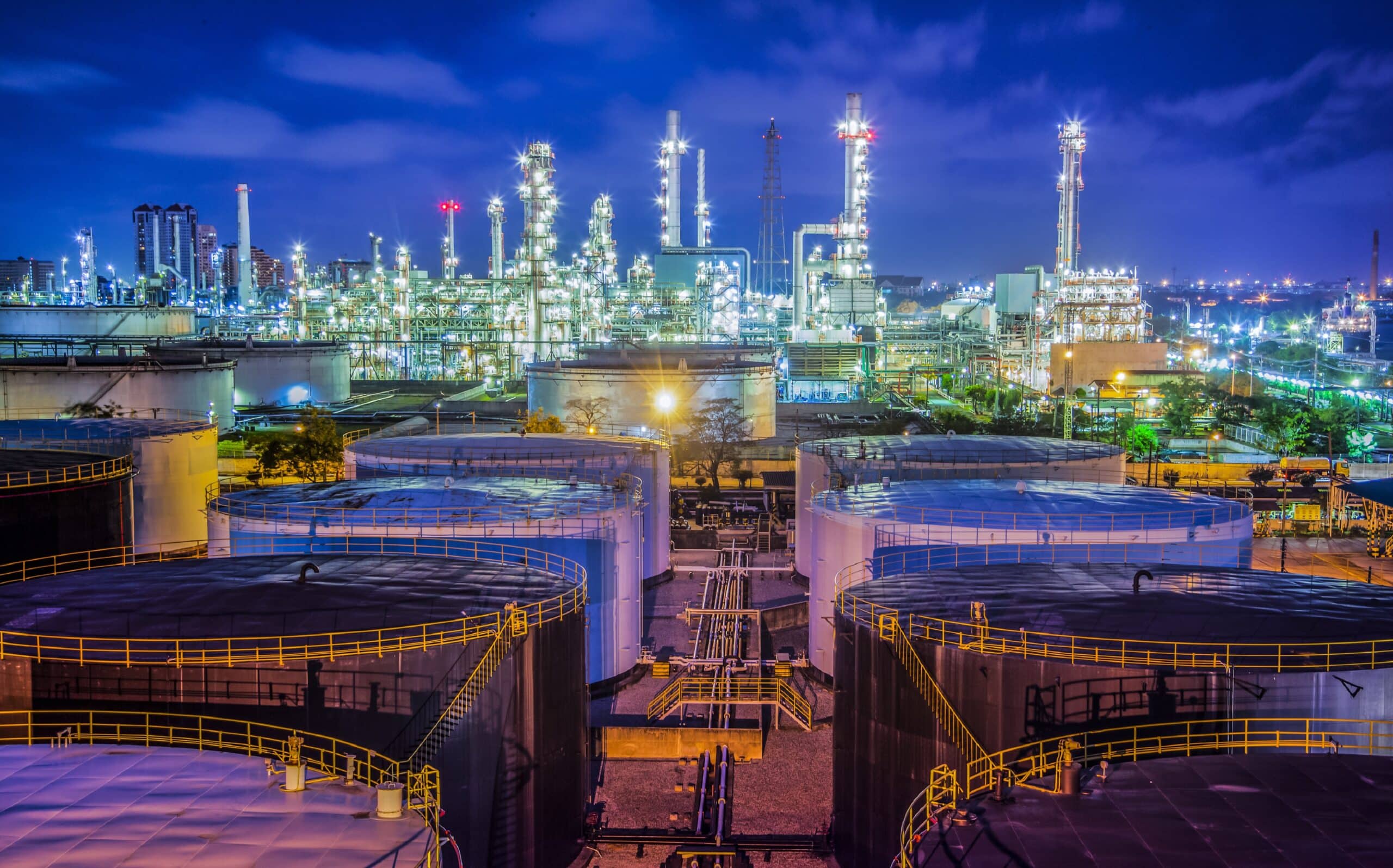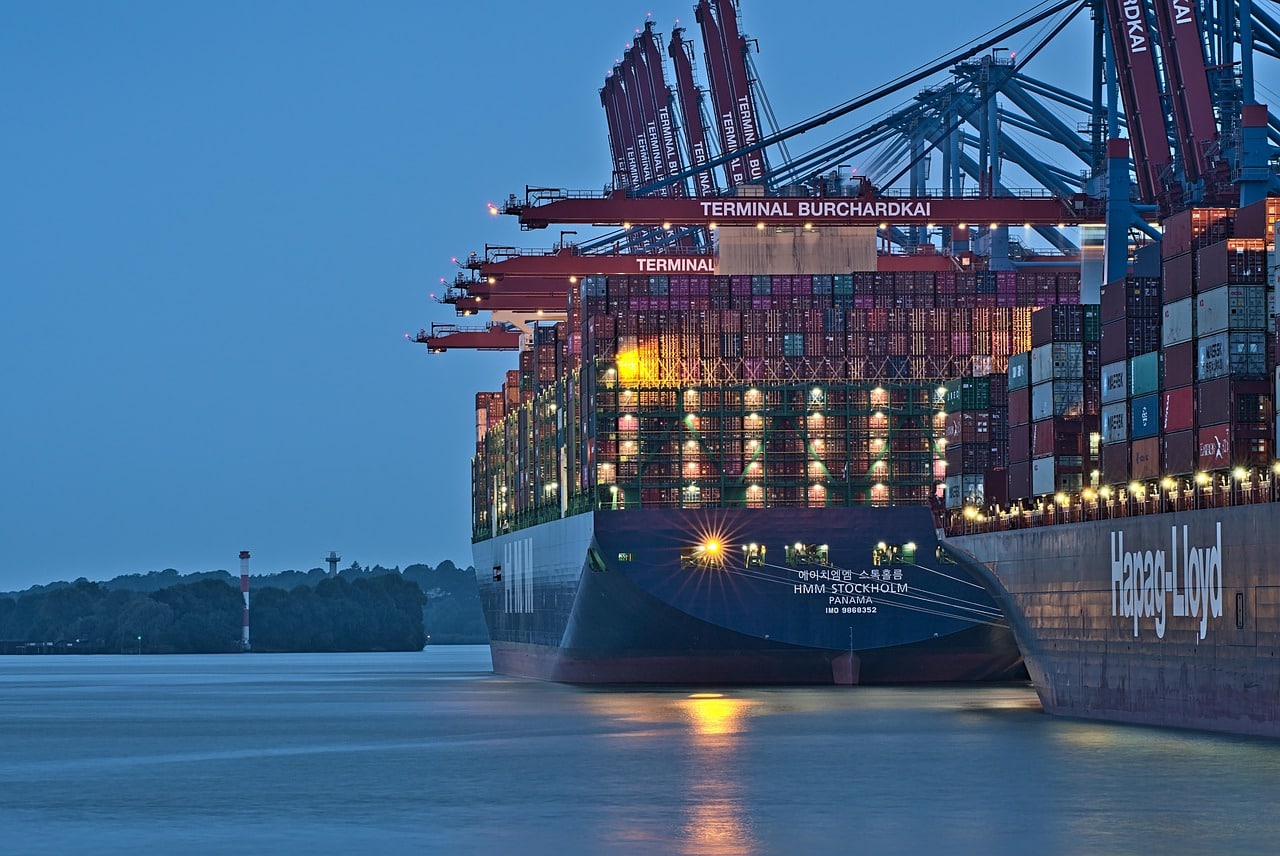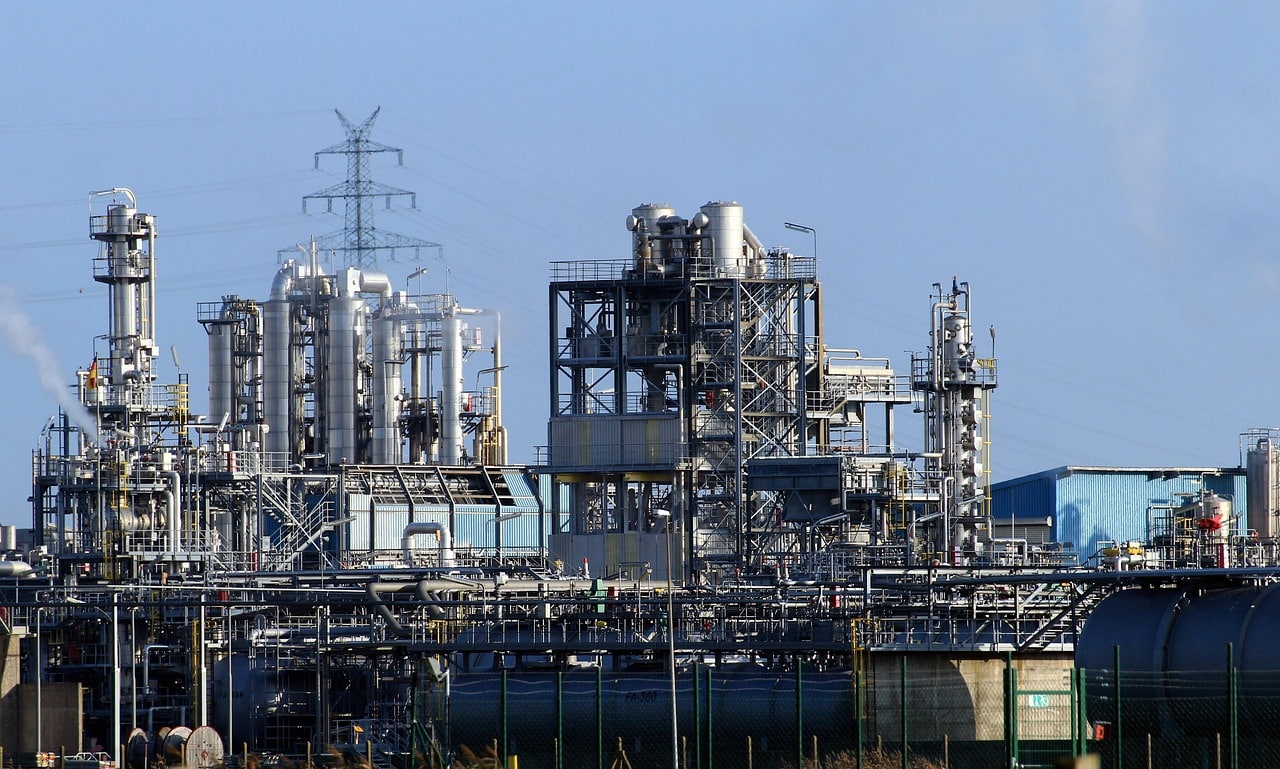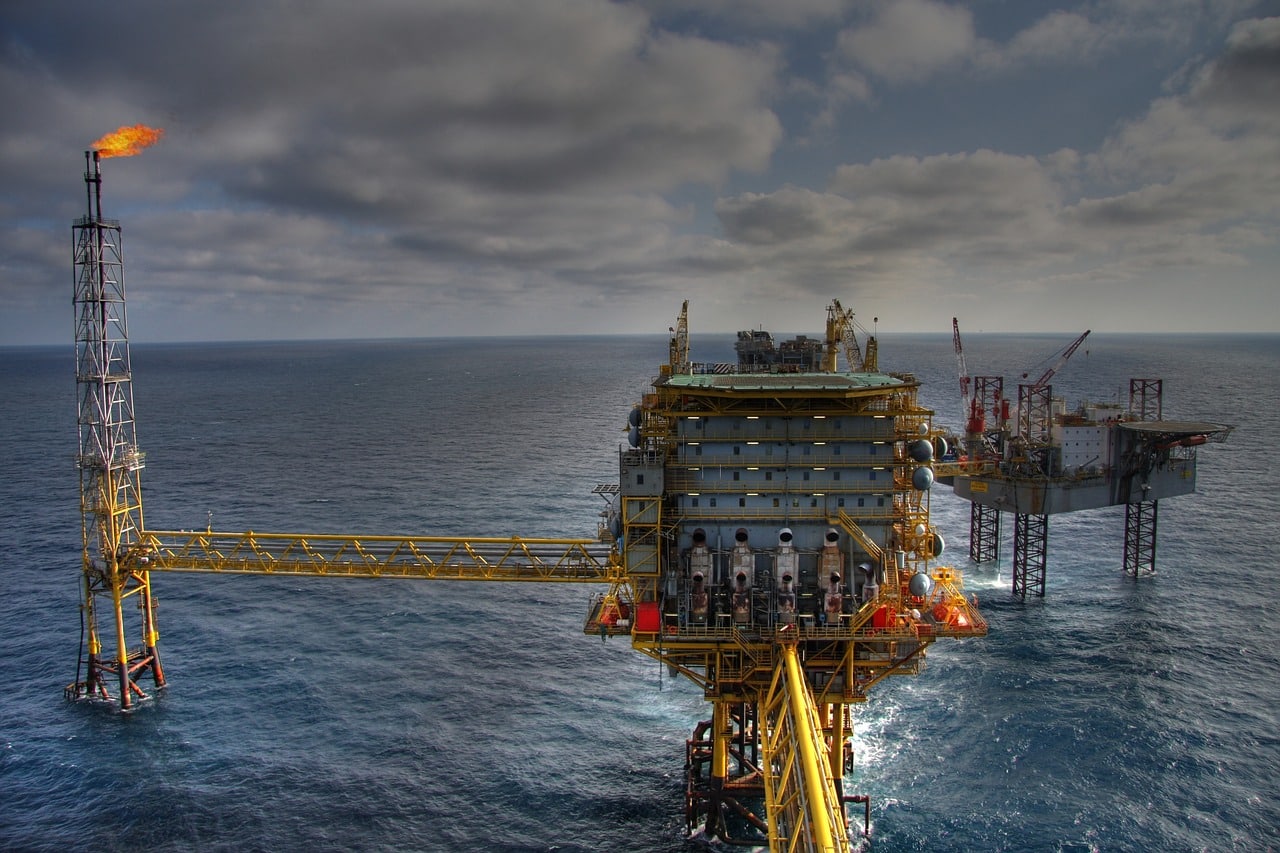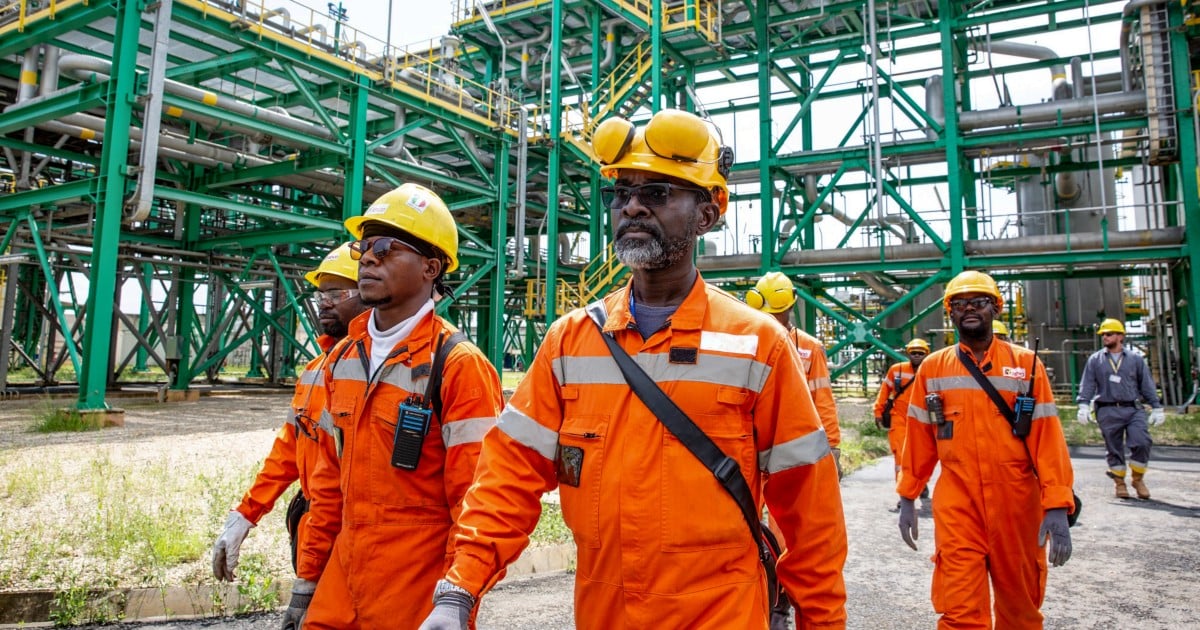Nigeria’s oil and gas story is entering a new cycle, one shaped by tougher global capital, leaner operating models, and a policy pivot that seeks to trade tax efficiency for credible reinvestment.
The paradox is striking, Nigeria still accounts for some of Africa’s largest hydrocarbon reserves, yet many international operators have rebalanced portfolios away from onshore and shallow water.
That gap is now being filled by domestic independents and patient capital that prize brownfield value, lower-cost barrels, and gas-led optionality.
Three realities define 2025, a fresh round of regulatory adjustments, a shift toward cost discipline that ties tax relief to verifiable savings, and a clearer path for gas monetisation anchored by new long-term contracts and domestic refining backstops.
For investors, this combination is not a promise of easy returns, it is a framework that rewards efficient operators, disciplined balance sheets, and smart partnerships.
This article outlines investable opportunities, cost levers, contract dynamics, and policy watch points, and closes with lessons from leading Nigerian independents.
Opportunities locked in the sector
Nigeria’s upstream is being repositioned for scale through incremental fixes rather than grand redesigns. The investment case today rests on five pillars that can be underwritten and monitored.
- Licensing adjustments and clarity of roles. Authorities have floated amendments to the Petroleum Industry Act in 2025, including a proposal to vest control over existing oil contracts in the regulator rather than the national oil company.
The idea is controversial and, if enacted, would have far-reaching governance implications. Investors should follow the draft closely.
It signals a preference for streamlined oversight, and it underscores the need for robust contract management and change-of-control protections in farm-ins or asset purchases. - Tax incentives tied to cost discipline. Nigeria has introduced performance-based reliefs that link incentives to provable cost reductions in upstream operations.
The policy intent is clear, bring unit operating costs closer to competitive benchmarks and reward efficiency with tax credits.
The framework is detailed on the Nigerian regulator’s site and has been picked up by international outlets such as Reuters’ summary of the order.
Efficient operators stand to improve project internal rate of returns (IRRs) if they can demonstrate real savings against published benchmarks. - Gas-led optionality and offtake security. Long-dated gas supply agreements are reinforcing the economics of upstream portfolios that can pivot to gas.
In August 2025, Nigeria LNG signed 20‑year contracts for about 1.29 bscf per day of feedgas for existing trains and Train 7.
For producers with discovered, deliverable gas near existing gathering systems, these deals, along with industrial demand growth and power-sector needs, create multiple routes to monetisation. - Domestic refining as a price stabiliser and marketing outlet. As the 650,000 barrels per day Dangote refinery ramps, the domestic market’s structure is changing.
Nigeria has already exported its first gasoline cargo to the U.S., evidence that output is meeting stringent fuel standards.
The more reliable the domestic offtake for crude and condensate by local refiners, the less exposure there is to periodic export logistics bottlenecks, though feedstock pricing and quality differentials will still matter. - A deeper investable pipeline. The Nigerian regulator reports a surge in field development activity approvals.
Taken together, these pillars do not remove risk, they narrow the dispersion of outcomes for operators that prize cost control, community alignment, and well-planned brownfield interventions.
Cutting operating costs to leverage new tax incentives
Cost is the fulcrum of this cycle: Nigeria’s incentive framework recognises that the highest return per naira invested now comes from making existing barrels cheaper to produce, not just from discovering new barrels.
How the incentive works in practice: The Upstream Petroleum Operations Cost Efficiency Incentives framework, signed in 2025, ties tax relief to verifiable reductions in unit operating costs across onshore, shallow water, and deep offshore.
Analysts who follow the order note that operators may apply credits, capped and time‑bound, against liability where they beat terrain-specific benchmarks published by the regulator.
International media summarised the order’s effect and policy intent here, see Reuters and advisory overviews from the professional services community.
“We believe the latter is the absolute minimum required merely to sustain current levels of production,” Wood Mackenzie said while assessing the recent investment profile and spend required to hold Nigeria’s output steady.
Incentives that reward operating cost cuts help fill that gap by improving free cash flow per barrel at the asset level.
Where the smart savings are
- Contracting cycle time. Shortening tender-to-award cycles, standardising equipment specs, and bundling services can reduce idle time for rigs and crews.
Faster cycles are where incentives meet reality, because the framework recognises savings achieved through operational discipline. - Maintenance strategy. Moving from corrective to predictive maintenance reduces non‑productive time.
Operators with digital work order systems and condition monitoring on critical rotating equipment will be best placed to document cost baselines and savings. - Energy use and flaring. Powering operations with associated gas, compressing and capturing rather than flaring, and deploying modular gas-to-power on site cut diesel use and improve emissions intensity.
Where producers tie into gas processing midstream, there is a second benefit from sales of dry gas and liquids. - Community relations as a cost line. Social disruption is a cost multiplier.
Independents that budget early for host community development, employ local service providers, and maintain transparent grievance processes tend to record fewer days shut‑in.
That shows up directly in unit lifting costs and is fully within management control.
How investors can underwrite cost discipline
- Anchor investment theses on published benchmarks and management’s plan to beat them. The cost‑credit framework is explicit about terrain-based targets, and it gives investors an objective yardstick to test operator claims.
Questions worth asking include, what is the operator’s audited baseline cost per barrel equivalent by asset, by quarter, and how will each initiative reduce it, by how much, and by when. - Tie management incentives to cost outcomes, not just production targets. For brownfield portfolios, a sustainable 1 to 2 dollar per barrel reduction in unit costs can compound more value than a short‑lived uptick in volumes that requires heavy capex.
- Stress‑test every savings claim against the contractor market. Nigeria still faces episodic inflation in input costs, especially for imported spares and consumables. Savings must be net of supplier price drift and FX effects.
For context on the fiscal changes around cost incentives and 2024 tax reliefs. Nigeria plans to use new tax reforms to unlock oil and gas investment.
Understanding the contracts that shape the industry
Contract structure drives cash flow timing and risk sharing.
In Nigeria, investors typically encounter three families of arrangements, production sharing contracts, joint venture equity, and sole‑risk or service‑type models. Each carries distinct implications for capex phasing, cost recovery, and controversy risk.
Production sharing contracts [PSCs]: PSCs allocate cost recovery and profit oil according to negotiated terms and statutory frameworks, now anchored in the Petroleum Industry Act.
Fiscal clarity has improved in recent rounds, with authorities emphasising transparency and speed.
Where PSCs are paired with mature reservoirs and existing infrastructure, the value case improves because recovery can start quicker, cost oil builds faster, and price risk is shared.
Joint venture equity: JVs remain central in onshore and shallow water, but governance, cash call timing, and project approvals can be lengthy.
Investors in JV assets should pay special attention to the sequence of approvals for work programmes and the impact of any prospective legal amendments that alter the role of the regulator relative to the national oil company.
Sole‑risk and service models: Sole‑risk investors, or those operating under technical service arrangements, take more execution risk but gain speed in operations and procurement.
Where brownfield infrastructure exists, these models can be compelling if the operator has strong community relations and can secure offtake for both oil and gas.
Across all models, survival hinges on clarity of title, a clean environmental baseline, measurable host community obligations, and conservative decline curves. Contract quality is not a footnote; it is the business.
Why upstream investment still holds promise
The investment case for Nigeria’s upstream is not about blue‑sky exploration. It is about disciplined brownfield optimisation, near‑field drilling to arrest decline, and selective deepwater increments that are capital‑efficient at mid‑cycle prices.
- Reserves and running room. Nigeria still holds large liquids and gas endowments, and much of the near‑term barrel count can be unlocked from workovers, infill drilling on known structures, and tie‑backs to existing hubs.
The regulator’s approvals and the industry’s own project lists, point to a multi‑year pipeline of activity. - Deepwater balance. Select deepwater projects can still compete for capital.
Shell’s continued focus offshore and announced plans on Bonga North have been tracked by local and international media over the past year.
Meanwhile, global majors and independents are refreshing brownfield deepwater opportunities where subsea tie‑backs reduce unit development costs. - International spend thresholds. Wood Mackenzie’s analysis indicates Nigeria must lift annual upstream spend to meet government output ambitions by 2030, and it warns that roughly 5 billion dollars a year only sustains current levels.
That sets a clear bar for capital formation and raises the premium on projects that meet hurdle rates at 60-to-70-dollar Brent price decks. - Incoming capital signals. New commitments are flowing to brownfield upgrades and flow assurance.
For example, Reuters reported in May that ExxonMobil plans about 1.5 billion dollars to revitalise deepwater production at the Usan field, a programme running through 2027 and aligned with Nigeria’s drive to lift output.
The lesson for investors is simple, money made in this cycle will come from operating excellence and cost discipline more than from headline reserves alone.
Partnering with government in the gas transition drive
Nigeria’s industrial strategy increasingly pivots on gas. It is a transition fuel in rhetoric and, crucially, a revenue and reliability anchor in practice.
In August 2025, Nigeria LNG finalised long‑term feedgas contracts with NNPC and a roster of partners to supply about 1.29 bscf per day, volumes that underpin both existing plants and the expansion to Train 7.
Reuters quoted both NNPC’s leadership and NLNG’s chief executive on the deals’ strategic impact, addressing persistent supply issues and diversifying feedgas sources.
For upstream investors, this matters in three ways.
It improves offtake certainty for non-associated gas. It helps price discovery via more transparent netbacks tied to LNG and domestic industrial demand. And it multiplies options for liquids captured in processing.
Independents that can feed gas to domestic power and industry while maintaining liquids revenue will enjoy more resilient cash flows across cycles.
In the downstream, the ramp‑up of the Dangote refinery is re‑shaping the product market.
In September 2025, the refinery exported its first gasoline cargo to the U.S., a milestone that underscores product quality and opens new flow patterns.
For crude producers, sustained domestic refining lowers the probability of prolonged inland stock build when export windows tighten, though pricing formulas and crude quality compatibility with refinery slates remain vital variables.
Staying ahead of shifting laws and regulations (For instance, the proposed PIA 2025)
Policy remains the moving target, and it is where sophisticated investors can create an edge by over‑preparing.
- Proposed PIA amendments. The reported proposal to transfer control of existing oil contracts to the regulator would, if enacted, raise corporate governance questions and potentially streamline or complicate contract administration depending on the final text. It also reinforces the case for robust stabilisation clauses and change‑of‑law protections in deal documents.
- Cost efficiency framework. The incentives regime that ties tax relief to operator cost savings is explicitly performance‑based. Operators should document baselines, methodologies, and third‑party verification pathways. Investors should request quarterly packs that reconcile cost outcomes to claimed credits.
- Local content and offtake obligations. Nigeria continues to enforce local content expectations and crude supply obligations for domestic refining. The practical takeaway is that crude marketing flexibility may be narrower at times than historical norms, and investment plans should model constrained export scenarios.
On the direction of travel, the upstream regulator has framed the period ahead in confident terms.
“This affirms that Nigeria today stands at the dawn of a new era which is defined by clarity, competitiveness, and confidence,” Gbenga Komolafe, Chief Executive, Nigerian Upstream Petroleum Regulatory Commission said while speaking at Africa Oil Week in earlier this month.
Investors should read that confidence alongside diligence, the aim is to benefit from reform, not to be surprised by it.
Understanding the risk stack
No Nigerian upstream thesis is complete without a clear articulation of risk and of the mitigations management can actually execute.
- Security and third‑party interference. Pipeline vandalism and theft can disrupt flows and raise evacuation costs. The mitigation is a combination of route diversity, terminal options, strong community agreements, and, where possible, barging or alternative logistics as contingency.
- FX and macro volatility. Input costs, especially imported spares and services, can inflate quickly when the currency weakens. Hedging tools are limited, so contractual indexing and tight inventory management matter.
- Regulatory drift. Even well‑intended policy can create short‑term uncertainty. Mapping decision timelines and maintaining regular disclosure to investors is part of the risk response.
- Execution complexity. Brownfield campaigns look simple on paper. In practice they require careful sequencing of workovers, facility upgrades, and flow assurance. Investors should interrogate the operator’s shutdown planning capability and track record on similar assets.
Lessons from other indigenous oil firms
Nigeria’s independent operators have written the playbook for this phase of the cycle, and their choices offer practical lessons.
Seplat Energy: Seplat is leaning into gas, with a multiyear build‑out that positions it as a key supplier to power and industry. For instance, Energy in Africa reports that the company is advancing three major gas projects as part of a multibillion‑dollar drive to scale output and reliability.
In explaining the rationale, its operations leadership makes the demand case plainly,
“We foresee a big growth in the gas sector in Nigeria, because there are a lot of gas reserves in the east. We believe in this for the future,” Samson Ezugworie, Chief Operating Officer, Seplat Energy, said
For investors, the lesson is twofold, gas optionality lowers earnings volatility and balances crude exposure, and sustained investment in midstream connectivity compounds returns by monetising liquids and improving uptime.
Heirs Energies: Heirs’ acquisition of OML 17 in 2021 marked a new scale for indigenous operators.
The strategy has centred on reviving underperforming wells, strengthening terminal delivery, and targeting 100 thousand barrels per day over time.
The initial deal and financing structure were reported by Reuters. More recently, the company has communicated plans to double crude output by 2030 and expand regionally, covered by outlets including Bloomberg.
The operational lesson is that disciplined brownfield execution, coupled with strong community relations, can unlock rapid production gains without immediate greenfield spend.
Aradel Holdings: Aradel has integrated upstream, midstream, and small‑scale refining with a 100 mmscf per day gas processing facility and steady gas offtake under long‑term agreements, see the Reuters company summary and the company’s communications.
It has also renewed contractual commitments to supply gas to NLNG, according to corporate disclosures.
For investors, the lesson is about portfolio design, multiple small revenue streams across the hydrocarbon chain can stabilise cash flows and support self‑funded growth, particularly when paired with public‑market access following the company’s listing.
Common trends across the independents
- Brownfield first, exploration later. The fastest value creation in 2025 comes from well workovers, gas handling upgrades, and facility debottlenecking.
- Gas matters. Each of these firms is monetising gas, either directly to industry and power or through contracted supply to LNG infrastructure.
- Governance as a competitive advantage. Public listings, credible audit trails, and transparent reporting reduce the cost of capital and broaden the investor base.
Practical playbook for prospective investors
The Nigerian upstream remains a market where disciplined operators can compound value. For prospective investors, the following considerations can serve as a checklist.
- Target the right assets. Prefer assets with existing infrastructure, expandable processing capacity, and proximity to reliable evacuation. Tie‑backs and workovers with proven reservoir deliverability should dominate near‑term capital plans.
- Back teams that can show audited cost baselines and a clear path to incentives. With tax relief linked to cost savings, management must present credible, verifiable plans to beat benchmarks. Ask for quarterly variance analysis against terrain‑specific targets.
- Secure offtake early, especially for gas. Structure gas sales agreements that balance price with payment security. Where possible, diversify offtake across power, industry, and LNG feedgas. The August 2025 NLNG contracts illustrate the demand anchor that now exists for the right molecules.
- Model domestic refining dynamics. The Dongote refinery’s ramp‑up has created new demand and export routes for products. Investors should track unit economics on crude blends compatible with Dangote’s slate and monitor any shifts in domestic supply obligations as policy evolves, while noting milestones like the first U.S.-bound gasoline cargo.
- Use conservative price decks and measured decline curves. Let 60-to-70-dollar Brent guide base cases, and keep decline assumptions realistic. The upside will come from cost and uptime outperformance rather than heroic price bets.
- Treat community spend as core capex. Budget it early, measure outcomes, and report it. Reduction in disruption days is a real financial return.
- Over‑invest in compliance and disclosure. If the proposed PIA 2025 adjustments advance, counterparties will need to refresh documentation and approvals. Build that lag into project plans and cash flow timing.
Nigeria’s oil and gas sector is not an easy market.
It is, however, a market where well‑run firms can generate competitive returns if they align with policy, document cost savings, and prioritise gas as an earnings stabiliser.
The 2025 cycle is about execution, not exuberance. Investors who prize cost discipline, transparent governance, and resilient offtake have a clear route to value creation.
Disclaimer: This analyst’s opinion reflects independent analysis based on publicly available information and industry reporting. It is not to be taken as an investment advice.

